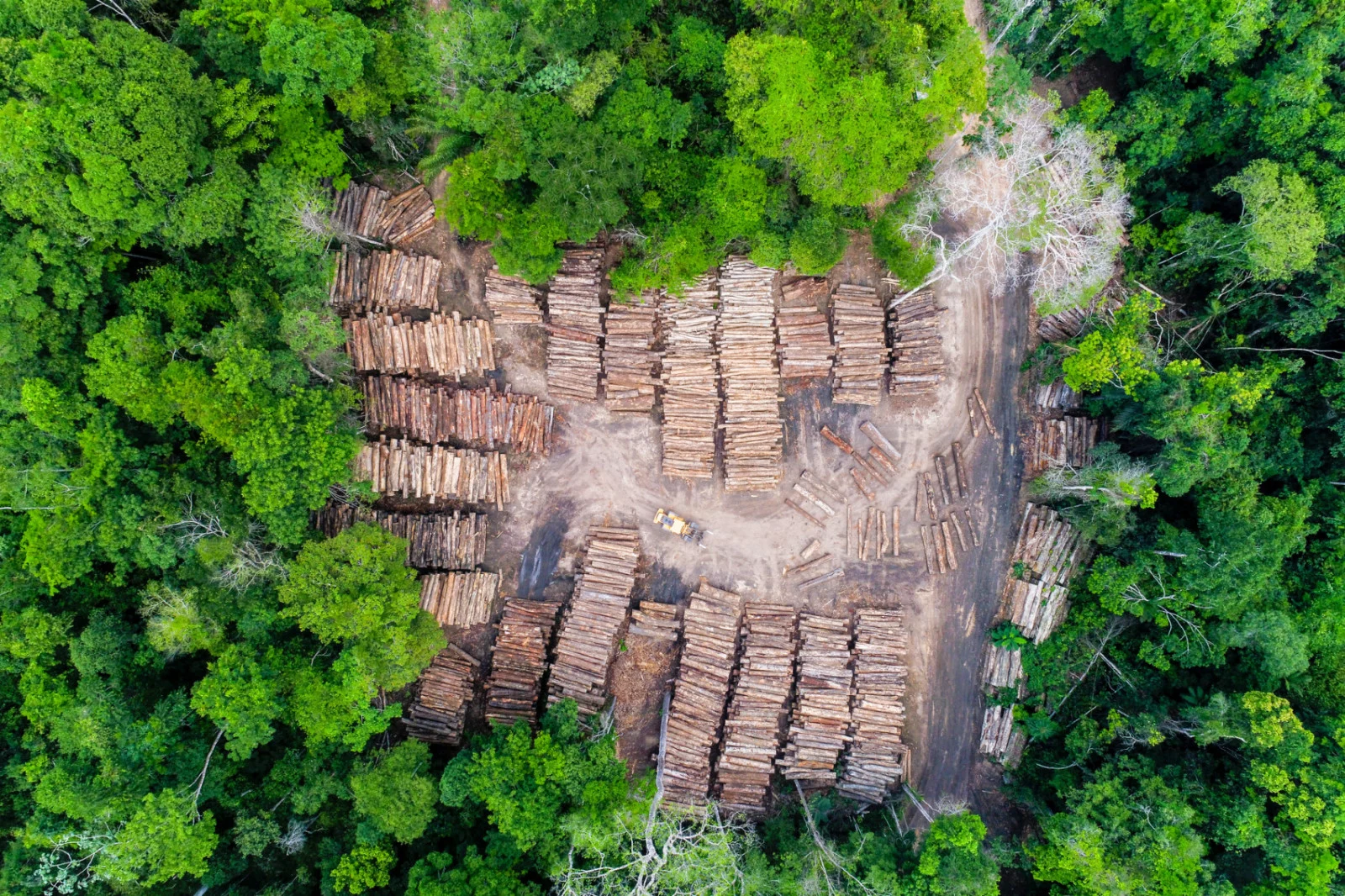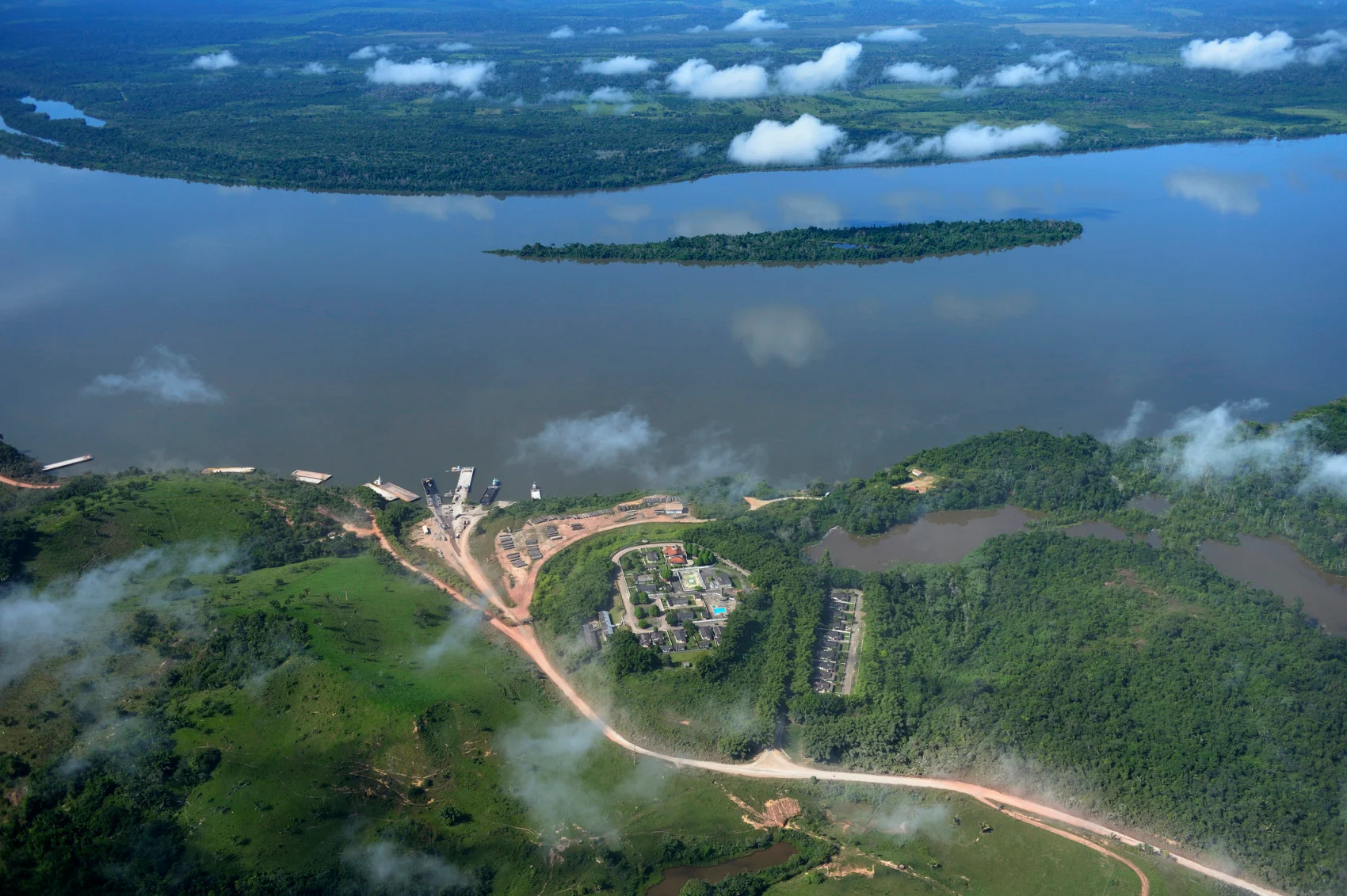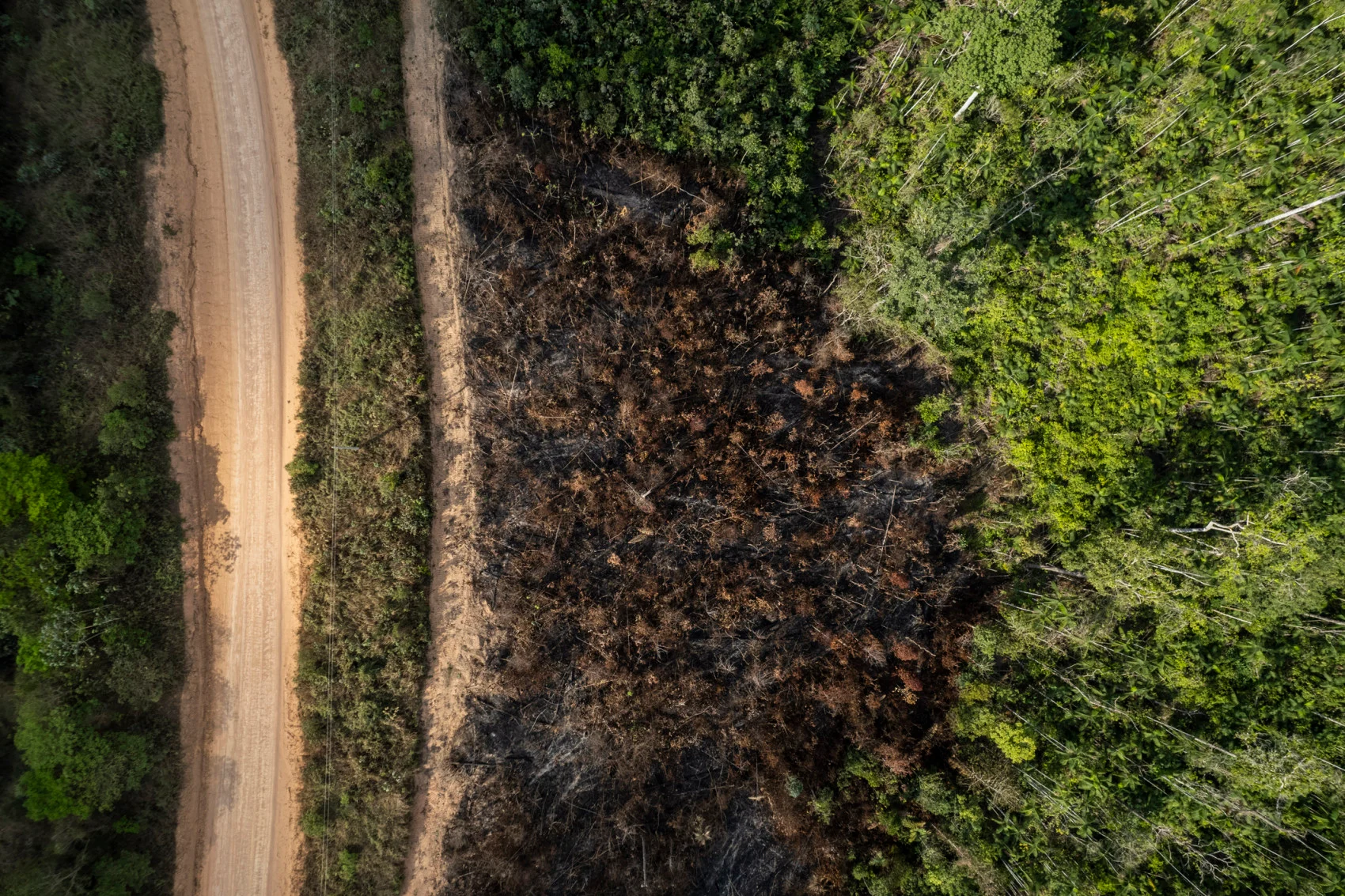
Amazon rainforest nearing dangerous tipping point, "mega-fires" are possible
Changes in precipitation and the potential for more “mega-fires” are major concerns for the Amazon rainforest as the climate continues to change.
The Brazilian Amazon experienced a record-breaking rate of deforestation in February 2022 when 199 square kilometres of the rainforest were destroyed, according to satellite data from Brazil’s national space agency, INPE.
INPE first began recording deforestation rates in 2016 and say the deforestation rate seen this past February was the highest rate ever recorded for that month since their tracking program began.
This troubling news comes months after Brazil joined in with over 100 national leaders to commit to halting and reversing global deforestation by 2030 at COP26 in late 2021. This announcement was seen by many as a promising commitment as the Amazon is the largest rainforest on the planet and captures massive amounts of carbon dioxide, regulates hydrological cycles, and maintains high levels of biodiversity.

A harbour used for illegal timber export in Para, Brazil. (Westend61/ Getty Images)
Cattle ranching, agriculture, logging, and mining are cited as the main contributors to deforestation in Brazil’s Amazon. Previous data released by INPE indicates that deforestation has rapidly climbed since Jair Bolsonaro, president of Brazil, has been in office.
Some proposals by the Bolsonaro administration that have raised global concern include loosening and ending environmental licensing requirements and violating treaties by permitting developments in Indigenous territories.
“Agribusiness, land grabbers, and the Bolsonaro government are trying to use all the influence they have in the Brazilian Congress to rush through dangerous laws that will dramatically increase deforestation in the immediate future. These direct attacks to the Amazon pose an existential threat to the rainforest and to the global climate,” stated Romulo Batista, spokesperson for Greenpeace Brazil, in a press release.
One month after the rainforest’s alarming February losses comes a study published in Nature Climate Change that states the resilience of the Amazon rainforest is wavering and that it might be “close to a critical threshold of rainforest dieback” due to deforestation and climate change.

Deforestation and burning on rural properties in the Amazon rainforest. Forest fires are seen on the banks of the Transamazonica Highway. (Anderson Coelho/ E+/ Getty Images)
To measure the changing resilience of the Amazon rainforest, the researchers studied a phenomenon called critical slowing down (CSD), which is when the balance of a system becomes less stable and starts responding more slowly to short-term disturbances, such as fire events or changes in the weather.
Healthy ecosystems are able to quickly bounce back from disturbances, but compromised environments take a longer time to return to normal. For example, healthy forests are able to recover from localized wildfires, however, fire events in the Amazon could quickly turn into “mega-fires” due to clear-cutting and other damages to the vegetation. Moreover, the data in the study revealed the changing precipitation patterns are resulting in less moisture amongst the vegetation, pushing the system closer to mass dieback.
Areas that were 200 km or further away from human land use activities, such as logging, were shown to maintain higher levels of resiliency. “The amplified loss of Amazon resilience in areas closer to human land use suggests that reducing deforestation will not just protect the parts of the forest that are directly threatened but also benefit Amazon rainforest resilience over much larger spatial scales,” the study stated.
The study says that human influence, whether directly through industry or indirectly by releasing greenhouse gases into the atmosphere, will continue to affect the rainforest in a number of complex ways as land use changes increase in both reach and intensity.
Tarcisio Schnaider/ iStock/ Getty Images Plus












